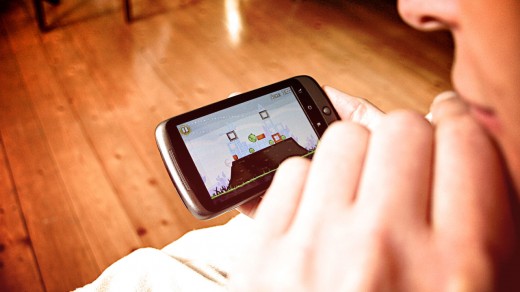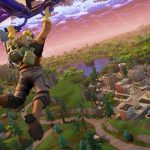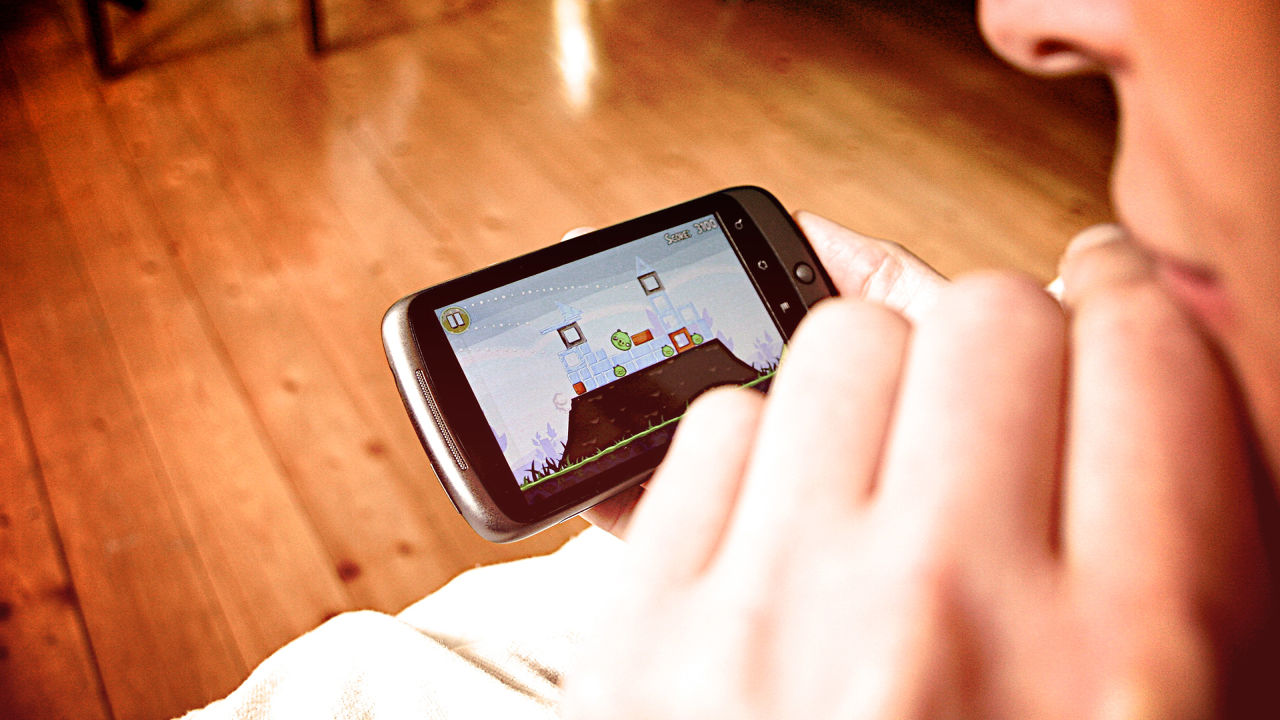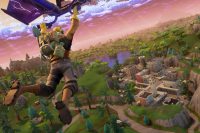Angry Birds Maker Rovio’s Bold Plan To Slingshot Its Way To Future Growth
Rovio has been on a rocky road lately, but it still insists it can become the next Disney. We spoke to the company’s new CEO, Pekka Rantala.
When Fast Company first profiled Rovio in 2012, the company was riding high. Not only were Angry Birds and its sequels regularly on top of the App Store charts, the company had successfully started growing its revenue in the physical marketplace with books, toys, clothes, and even Angry Birds speakers. Merchandising sales of those colorful little birds and evil pigs were so good they accounted for 40% of Rovio’s roughly $200 million revenue from licensing deals.
But despite its previous fortunes, in 2013 Rovio saw its revenue growth virtually flatline—and 2014 was even worse. While revenue from mobile games was up 16%, Rovio’s product and licensing business faltered, resulting in a 9% year-on-year decline in total revenue and a whopping 73% decline in profits. Its most recent numbers make you wonder if Rovio can still live up to its execs’ stated goal of becoming a Disney for the 21st century.
I recently sat down with Rovio’s new CEO, Pekka Rantala, in London to discuss that Disney-sized goal—and the challenges Rovio faces in that quest. Rantala insists that despite the challenges of the last two years, the company has laid a golden egg that, when hatched, is set to complete the transform the company from developer to entertainment powerhouse—recapturing both gaming and merchandising revenues in the process. But is it really possible? Here’s what he had to say about Rovio’s past, present, and future:
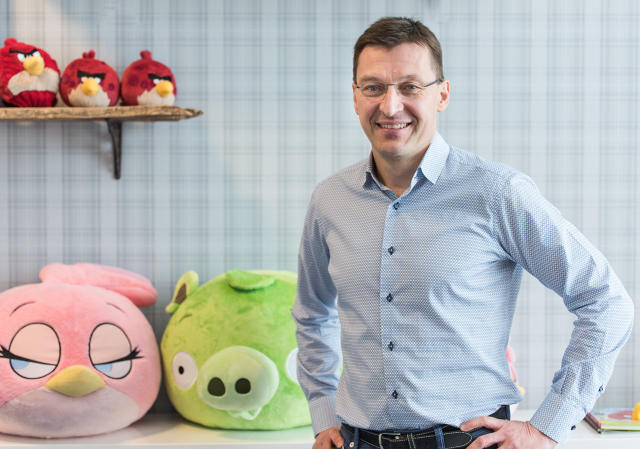
Rantala: Angry Birds Is Not A Passing Fad
Rantala is a relative newbie at Rovio, coming on board last summer and shadowing former CEO Mikael Hed until just a few weeks ago. Rantala’s job as Rovio’s new CEO isn’t his first foray into mobile gaming. He spent 17 years at Nokia, where in 2003 he acted as vice president of marketing during the launch of the company’s N-Gage handheld gaming console, arguably the progenitor of today’s smartphone gaming market. But when I met Rantala in London, the only story he was excited about retelling was Rovio’s.
“When Rovio [then called Relude] was established in 2003, it was just a normal, very small startup, making mobile games,” Rantala told me. “It was difficult for them during the first six years. They managed to bring to market more than 50 different games, but none of them were particularly successful. They were really tight on resources and money; by 2009, they were really close to going bankrupt.”
“And then came this 52nd game in December 2009,” Rantala says, pointing to an image of Angry Birds on his MacBook, “and that really changed everything, as the saying goes.”
That original Angry Birds game spawned a generation of physics puzzler imitators, and has garnered 2.8 billion downloads for the series to date. It also landed coveted franchising deals with the NBA and with Lucasfilm to make a series of Angry Birds Star Wars spin-offs, which allowed the company to be one of the first—and certainly one of the most successful—smartphone gaming outfits to edge its way into the physical merchandising and entertainment markets with Angry Birds plush toys, clothing, storybooks, and television shows.
For a while, it seemed the only limit was how high you could slingshot a bird into space. But in the last few years, Rovio has seen its revenues and profits decline. In its 2014 financials, which the company announced this week, revenue dropped to 158.3 million euros ($169 million) from 173.5 million euros a year earlier. Its profits fell 73% to 10 million euros ($10.6 million)—a big part of that fall the result of Angry Birds merchandise sales declining from 73.1 million euros ($75.7 million) to 41.4 million euros ($44 million). To put that profit number into some context, Candy Crush Saga maker King Digital Entertainment made $2.26 billion last year.
Though mobile game revenue was up 16%, the company’s most recent numbers have left many in the industry wondering if Rovio is falling victim to gamers’ fickleness. Was Angry Birds just another gaming fad whose time is up?
“I understand the question. I definitely get it,” says Rantala, who only fully took the reins as Rovio’s CEO 10 weeks ago. “But last year our Angry Birds games had more than half a billion downloads, so I think that’s just one data point to show that Angry Birds is not a fad.” He also pointed out that Angry Birds now has over 27.5 million Facebook followers, 170 million active monthly players, a YouTube channel with 1.6 billion views, and a multi-platform ToonsTV channel that will soon celebrate its 5 billionth view.
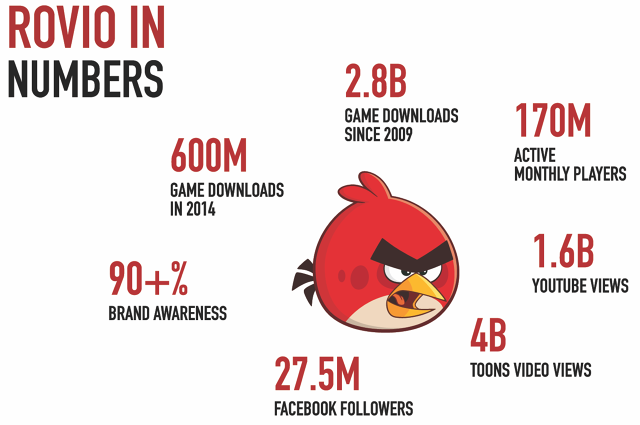
A Changing Landscape
But if Rovio and its Angry Birds franchise have engagement numbers many other gaming companies would kill for, how come its revenues flatlined and then fell over the past 24 months? Rantala cited repercussions from the changing landscape of mobile gaming revenues as one of the primary causes, noting that Rovio built its fortunes on the pay once, play forever model that was popular in 2009-2011, but which has now been superseded by the free-to-play model, in which players can download the games for free and game studios monetize their apps via in-app purchases.
“Internally acknowledging that free-to-play is now the name of the game has been a journey for us. That acknowledgement began a while ago and we are still in the transition,” Rantala says, but notes that all of Rovio’s games in 2014 were released under the free-to-play model–-a model which helped dampen the overall 9% decline in revenues. Rovio’s free-to-play revenue actually increased 16% during the year. It’s the completion of Rovio’s transition to this new revenue model, Rantala insists, that will lead to further games’ revenue growth in the future.
But as far as reclaiming lost revenue goes, Rovio faces challenges most other game developers don’t, in large part thanks to its previous successes. Between 2009 and 2013, Rovio successfully branched out into physical merchandising, including Angry Birds plush toys, backpacks, and books. In 2013 merchandising sales peaked at $75 million. But in the last year, merchandising sales plummeted over 40% to just $44 million.
Yet Rantala says the company has laid a golden egg: a full-length feature Angry Birds animated film due out in 2016 that he believes will not only increase game downloads and spur merchandising sales to new heights, but will complete Rovio’s transition to becoming a full-fledged entertainment company.

From The Mobile Screen To The Big Screen
It’s undeniable that Rovio has done better than any other game developer in slingshotting its brands from the touchscreen to the physical world. If you’ve got kids, you’ll undoubtedly know what I’m talking about: They or their friends have Angry Birds T-shirts, backpacks, and plush toys. They watch Angry Birds TV shows and animated films on DVD. And if they’re in the right part of the world they may even go to Angry Birds theme parks.

“We envision ourselves as an entertainment company with mobile games at its heart,” says Rantala, who notes the company considers its audience not as users or players—as most game studios do—but fans. “We get tons of mail from our fans from all parts of the world. Many of them write their ideas about what we should be building, what kind of new levels our games should have—and we actually do take those ideas into account. When Angry Birds turned five years old in December, we launched 30 new levels in our game and all of them were based on drawings coming from our fans.”
It’s that kind of fan base that gives Angry Birds a brand awareness rating of 91%, according to the company’s internal polling. That puts Angry Birds in the same 10th percentile as Disney brands (98%), The Simpsons (96%), Toy Story (92%), and Hello Kitty (91%)—and all of those brands have been in existence 14 to 70 years longer than Angry Birds.
That brand awareness is why Rantala is particularly optimistic about Rovio’s growth potential in the future and its chances of becoming a modern-day Disney. It is the reason why the company is betting big by making the first 3-D animated Angry Birds feature film, due out in 2016.
“Some years ago Rovio was approached by many studios who wanted to buy the rights to make a movie,” Rantala says. “I am really proud that the company made a very bold decision not to sell the rights but instead to make the movie by themselves.”
Instead of selling those rights, the company has put up $80 million of its own money—half of its revenues in 2014—to fund the production. It’s teamed up with Sony for the distribution and marketing to the tune of another $100 million.

“It’s a huge investment for a company of our size. Some people might think we are crazy, but we are very excited, and we are very confident that this is the right move because when we decided to make it we decided to make it right.”
The creative team behind the Angry Birds film does read like a who’s who of the Hollywood hotlist. The script is being written by The Simpsons alum Jon Vitti; David Maisel, the ex-chairman of Marvel, is executive-producing; John Cohen (Despicable Me) and Catherine Winder from Lucasfilm are producing; and Fergal Reilly (Cloudy with a Chance of Meatballs, Hotel Transylvania) and Clay Kaytis (Tangled, Frozen) are directing.
“For the first time, our characters are going to have lips, wings, and will also speak,” says Rantala, who isn’t shy about comparing the film to Pixar hits. “It’s exactly the same level. And people who’ve seen [parts of] it have been very excited. It’s a very, very funny movie. It’s a family movie but at the same time I can guarantee that young adults who go and check out the movie will love it.”
And while Rantala says that the number-one goal of the movie is to delight fans, he also knows that a global hit a la Finding Nemo or Frozen, or even a moderately successful animated feature like How To Train Your Dragon, would be enough to ignite those declining merchandising sales.
“The business peaked very much during 2013,” Rantala says. “And now it’s normalized and the movie will create the next boost for the business.”
That boost is already occurring, he says, thanks to the early buzz surrounding the film.
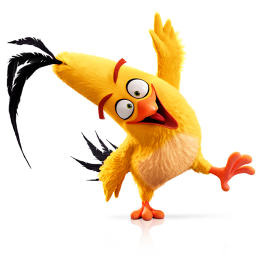
“In February at the New York Toy Fair and at the Nürnberg Toy Fair in Germany, we had tens and tens of discussions with our existing license partners and also potential new ones, and we have been able to close a lot of licensing deals for next year because of the movie. It’s really creating a halo effect already, even though it’s still one year before it’s out. That’s a big thing.”
A Disney For The Digital Age?
But while its hundreds of millions of fans may be delighted to see Angry Birds on the big screen, many might also worry that Rovio is abandoning its roots, opting to invest tens of millions to head into Pixar and DreamWorks territory instead of developing the next hit game we never knew we always needed.
Not to worry, says Rantala, who stresses that mobile games are the heart of the company—and that’s not something that’s going to change. Indeed, Rovio is launching no fewer than a dozen games this year. Three of those games will initially target the Asian gaming market, including Angry Birds Fight! set to be released in Japan in April. All will be free-to-play. And Rantala says Rovio isn’t going to be caught catching up with the ever-changing mobile gaming landscape again.
“I think we all understand that [free-to-play] is not the end of the story. There will be new disruptive things happening. And of course we want to be there exploring those,” he says. “So at the same time while we really believe that it’s the right business to go and focus on, we are keeping our eyes and ears open and trying to understand what’s coming next.”
The company also will continue its Rovio Stars label, which sees it acting as the publisher and promoter of promising indie games titles. In addition, it will continue to nurture the promising Angry Birds spin-offs Stella and Bad Piggies, which “will start to live a life of their own.” Rantala also says the company is looking for other ideas featuring stories and characters that have the possibility to make great games and, perhaps, TV shows or even films.
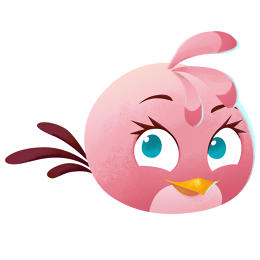
I ask Rantala if Rovio still thinks its feature-film plans and entertainment vision have it on a clear path to becoming a new Disney.
“I think there is not really one single company you can compare our vision to,” he says. “Disney [Lucafilms’ parent company] is a great partner [via its Angry Birds Star Wars deals] for us and a great company to learn from. But this whole thing was born in 2009; it’s a different time. We want to be an entertainment company of modern times.”
“We need to respect the fact that we have one extremely strong and relevant global audience, and that is for our games,” Rantala says. “So I think that the most obvious way to launch new brands to the market would and will happen through the games. It’s not necessarily the only one, but it is the major channel to start something. And when we bring the [next big gaming] idea to the market, we will have the readiness and we will have prepared ourselves to take that thing to other channels, like film and TV. That’s why we say that we have mobile games at our heart. We believe that it’s a great launchpad for new ideas.”
Fast Company , Read Full Story
(316)

